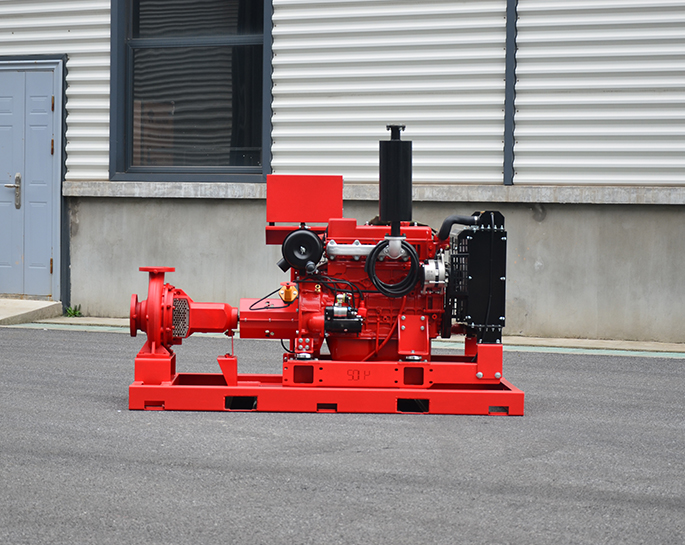Everything You Need to Know About Fire Pump System Controls
Fire Pump System Controls: Everything You Need to Know
Fire pump systems are critical for ensuring that sufficient water pressure is available during a fire emergency. The control systems play a crucial role in managing the activation, operation, and monitoring of the pumps to ensure they operate effectively when needed. Let’s break down the key components and features you need to know about fire pump system controls.

1. What Are Fire Pump System Controls?
Fire pump controls refer to the panel and related components that monitor, start, and stop the fire pumps. These controls ensure that pumps automatically kick in when a fire sprinkler system or other suppression systems require additional water pressure.
Fire pump controllers are typically designed to meet standards like NFPA 20 and are often UL-listed to ensure reliability in emergency situations.
2. Types of Fire Pump Controllers
The type of controller depends on the type of fire pump in use. The two primary types are:
- Electric Fire Pump Controller: Used for electric motor-driven pumps.
- Diesel Engine Fire Pump Controller: Used with diesel engine-driven pumps. These controllers usually include additional features to monitor fuel levels, engine temperature, and battery charge.
Additional controls include jockey pump controllers, which are used to maintain system pressure between pump cycles and prevent unnecessary starts of the main fire pump.
3. Main Components of a Fire Pump Controller
- Pressure Sensors: These are vital in detecting when the system pressure drops, automatically triggering the fire pump.
- Manual and Automatic Modes: Controllers can be switched to either automatic or manual, allowing for pump operation through user intervention or system conditions.
- Alarm Systems: Modern controllers are equipped with alarms that notify maintenance teams about any abnormalities like system failures, low battery, or overheating.
- Transfer Switches: For diesel-driven pumps, controllers feature automatic transfer switches that shift power between utility and backup power (like a generator) if the primary power fails.
4. Features and Functions
- Emergency Start Buttons: Manual override to activate the fire pump in case the automatic system fails.
- Data Logging and Monitoring: Many controllers now offer advanced data logging, tracking pump performance, and recording key operational parameters, making system diagnosis easier.
- Remote Monitoring: Modern controllers often integrate with building management systems, allowing for remote monitoring and control, including wireless alarms to alert personnel.
5. Standards and Compliance
- NFPA 20: This standard sets requirements for the design, installation, and operation of fire pump controllers. Following NFPA 20 ensures that the controllers perform reliably and are safely installed.
- UL Listing: Controllers that are UL-listed have been rigorously tested for safety and reliability.
6. Fire Pump Controller Maintenance
Proper and regular maintenance of fire pump controllers is essential for system reliability:
- Regular Testing: Ensure that controllers are tested in both automatic and manual modes.
- Battery and Power Checks: Diesel pump controllers need to be checked for adequate battery charge, and fuel systems need to be monitored regularly.
- Alarm and Fault Monitoring: Ensure that alarms are functioning correctly and investigate any fault signals immediately.
7. Why Fire Pump Controls Are Critical
During a fire, reliable activation of fire pumps can make the difference between controlling a fire and a system failure. Fire pump controllers ensure that the right amount of pressure is delivered to the fire suppression system at the right time. They also safeguard against faults and provide critical information for system diagnostics and maintenance.
8. Choosing the Right Fire Pump Controller
When selecting a fire pump controller, you need to consider:
- Type of Pump: Electric or diesel?
- Building Size: Larger buildings with complex fire protection systems might require more sophisticated control options with advanced monitoring.
- Compliance with Regulations: Ensure the controller complies with local and international fire codes and standards (like NFPA 20 and UL listings).
By ensuring your fire pump control system is up to standard and properly maintained, you can help guarantee that your fire protection system is ready to perform when needed.
Let me know if you need more specific details about any of the components!






